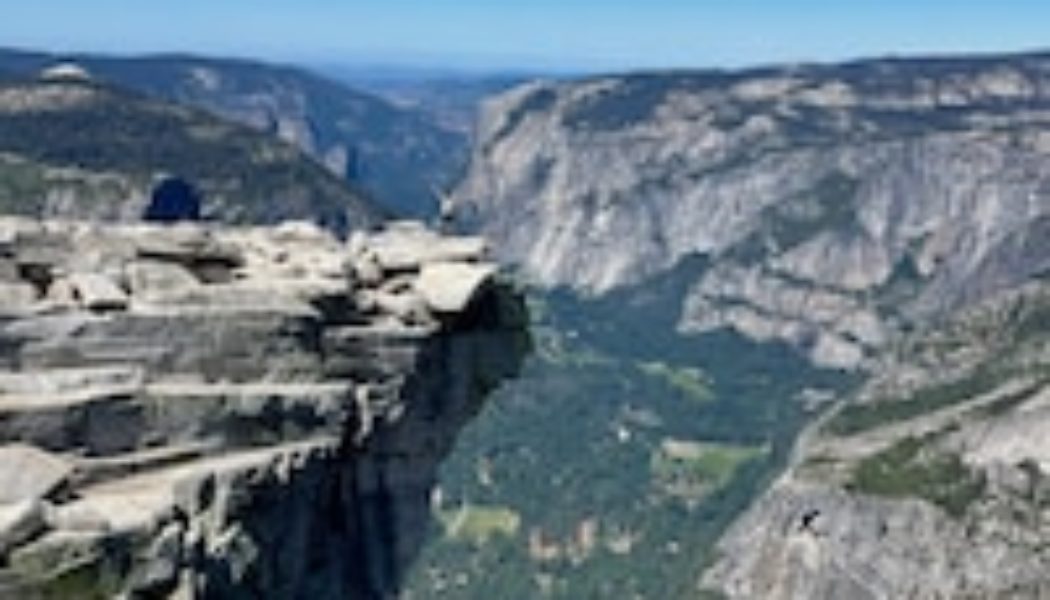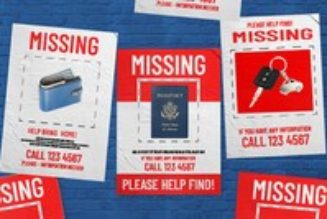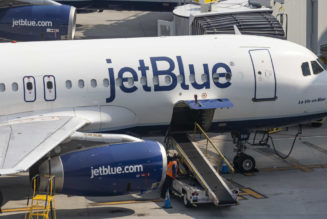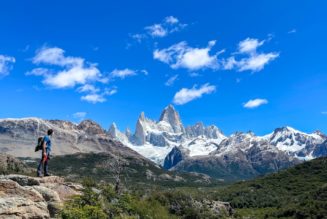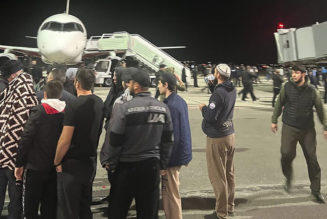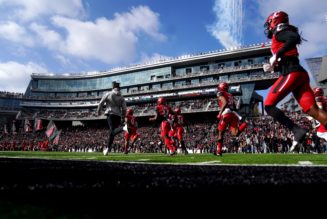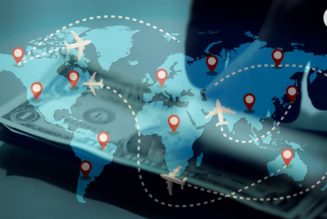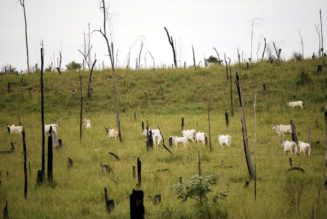
Over the next few months, millions of visitors will flock to U.S. national parks to hike, climb, boat and explore. With a maximum cost of $35 per vehicle for entry, visiting a national park can be one of the cheapest, most rewarding vacations you can plan this summer.
And while entry requirements may complicate planning for groups or for multiday treks, solo hikers should be flexible enough to enter at off-hours and win last-minute lotteries.
Hiking and spending time in nature alone has demonstrably proved to improve mental health. It becomes easier to marvel at the natural world without distracting devices or another person’s hiking constraints. Beginner hikers can benefit from a few hours of silence to clear their minds and observe the trees around them at their own pace. Those with more experience outdoors can focus their energy on reaching new heights all by themselves.
But even seasoned solo travelers may balk at the idea of hiking by themselves if they haven’t done it before. Despite the rare story, you are highly unlikely to die in a national park, especially if you are a woman.
When I spent two years alone, living in my van and traveling to every national park in the Lower 48, I tested my own methods for getting the most out of my solo excursions. Here are my four biggest lessons.
Share your plan with people you trust
You may choose a park based on location, number of visitors, difficulty level or just because you’ve always wanted to go. Some parks are enmeshed in the surrounding community, like Acadia or the Great Smoky Mountains, and some are isolated even by nature’s standards, like Glacier or the Badlands. Consider your own heat and humidity tolerance. And while every park offers hikes to meet many different fitness levels, appraise your options for terrain and how mountainous routes may be.
If you plan to sleep inside a park, make sure there are viable (and available) spots for that, too. Once you’ve chosen a park, commit to a few key details of your adventure. Securing accommodations is a top priority as a solo traveler, regardless of whether you plan to camp, stay in a hotel or stay outside the park. Many parks, like Zion, have a shuttle system and actively discourage traffic, so determine in advance whether bringing or renting a car is helpful.
In addition to your camping gear, bring the Park Service’s 10 essentials, which include things like a first-aid kit, water and flashlight, plus any park-specific needs like bear spray or hypothermia apparel. Note that you are almost certain to find park-specific needs at the visitors center at an upcharged price — great for forgotten gear, but not as a primary option.
Be sure to tell at least two trusted people which park you will be visiting, where you will be staying, what hikes you already have planned, a clear deadline of when they will hear from you again and what they should do if they do not. Keep in mind that parks typically have very little cell service. Include the phone number for the park ranger service.
